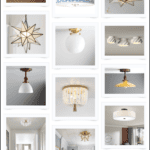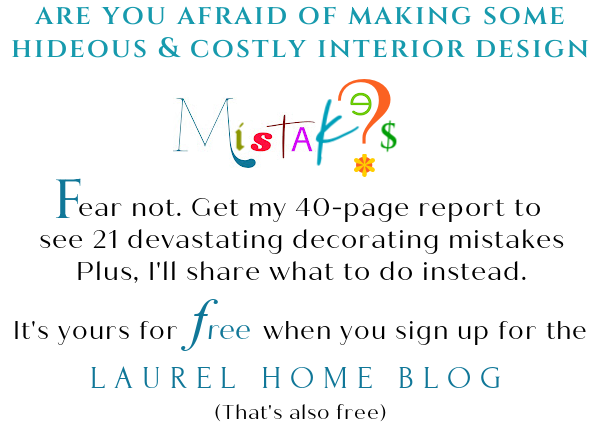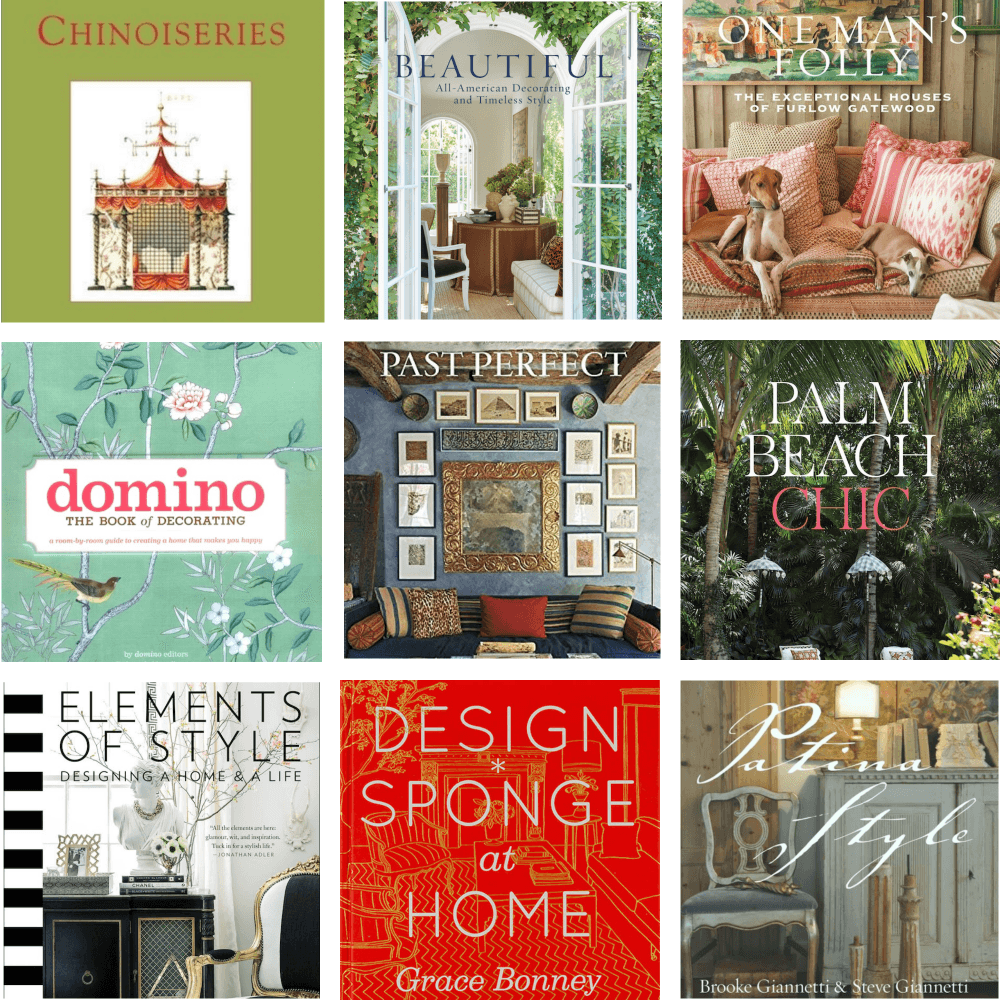Hi Everyone,
I hope you’ve enjoyed the last two posts concerning small renovation projects. If you missed them or would like to review or read the amazing comments, you can find the potential kitchen Design mistake post here.
And, help for a pinky beige, some say pink-beige bathroom tile, which you can find here. By the way, Robin changed the lightbulbs, and please check the post to see what a difference it made in how the colors read!
Today, as you can see from the headlines, a topic I’m sure many of you have something to say about.
A Renovation Budget.
More specifically, let’s discuss great ways to save money. However, maybe of even greater importance when trying to save money with certain aspects or products can get one into trouble. By trouble, I mean this:
1. The job ends up costing more than it would have, had you not done the so-called cost-saving measure. That cost comes from fixing the mistake.
2. The renovation takes longer than it should. That could result in a larger outlay of funds, not to mention the inconvenience of living with a never-ending renovation that should’ve been completed six months earlier.
3. Plus, the inherent stress of watching your bank account drained of your life’s savings or a big chunk of it.
Now, you already know some of these aspects I’m about to bring up. But many of you might not have considered them. In any case, it never hurts to review.
Most of this I already knew, but some of it, I didn’t until recently.
And, I’m sure a year from now, I’ll come up with a whole bunch of other ways I could’ve saved money, time, and energy. Or, things I wish I had done differently if I could.
Have I made any mistakes yet?
Oh my, yes!
In my case, if only I had asked my architect neighbors of a great kitchen cabinetry company back in January 2021, I could’ve had this job finished a year ago. As it happens, they also used Crown Point Cabinetry and also recommended them to dozens of their clients. Oh well. It was worth the wait. Working with them has been a joy every step of the way.
However, this is a great place to begin discussing the renovation budget and great ways to save money.
Try not to be in a rush to get the job going as soon as possible.
In my case, this was not one of the mistakes I made. In fact, I am wondering what kind of crazy I was to think I could “line up a contractor” in the few days I was going to camp out in my new place upon closing in early November 2020.
I remember telling my darling realtor, Maureen O’Hara:
“The first thing I’m going to do is tackle that staircase.”
Haha! Delusional, much? Well, let’s just say wishful thinking.
I did and truly still do hate that spiral staircase. But, you guys know what happens. I moved in, and it bugged me, and so did the kitchen. However, I was so busy transitioning my life and business to a new city and STATE. And, just dealing with the day-to-day, I stopped seeing the staircase after a while. Well, sort of.

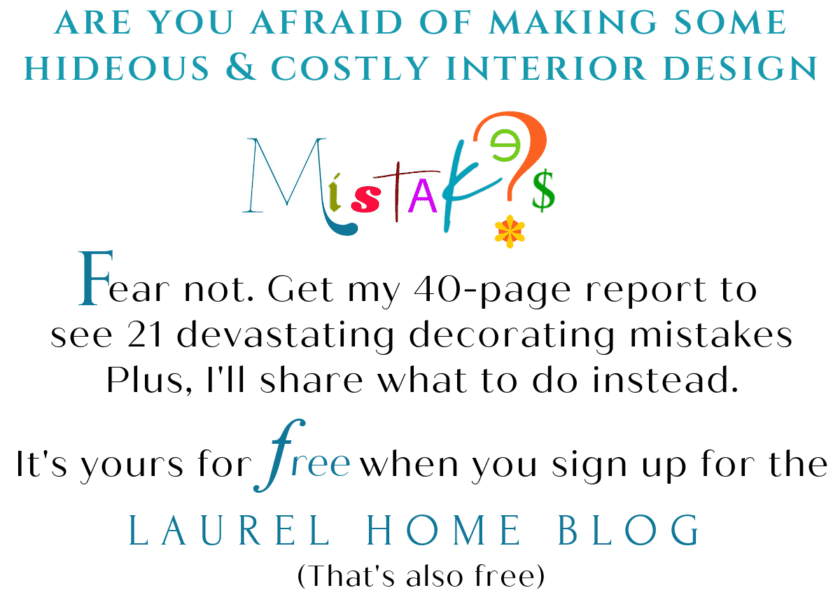
Still, I must admit that the fugliest railing ever makwa a great ballet barre.
Moving on. As many of you have witnessed, or at least in part, from the dozens of drawings I’ve produced for the last 2.5 years, it is wise to do careful planning, bearing in mind your renovation budget.
This begins with hiring the best professionals to help you do the job.
If this is a major renovation and involves anything structural, I highly recommend you hire a licensed architect. Or, an architectural interior designer who most likely also has a license.
What is an architectural interior designer?
They are designers who understand building systems and codes inside and out and can also do construction drawings.
Don’t all interior designers do construction drawings?
No. Designing a space and creating a construction drawing are two different skill sets. However, many people don’t do each equally well.
Construction drawings are like a foreign language.
It’s like when you know a second language but understand it better than you can speak or write it. I understand everything that’s on a construction drawing, but to create one is something I would struggle with.
While I did do construction drawings in interior design school, the heavy-duty drawings were only in two courses, and those were well over 30 years ago! In addition, in my years of doing residential design, I never had to do a construction drawing.
So, why does one need an architect AND an interior designer?
Well, you might not. But, most likely, you do. Or at least, you need to work with an architect with a strong design bent, or they have a firm with at least one interior designer on the staff.
Aren’t all architects also designers?
Well, yes, some are incredible designers. However, some aren’t as strong in that area.
It’s like saying, aren’t all writers also good bloggers?
Again, no. And even though I write for a living, I do not call myself a writer unless I’m purposely trying to sound pretentious. haha
While there is a tremendous amount of overlap between interior design and architecture, an architect, first and foremost, is looking at the structure. Many are less concerned with the intricacies of the design.
What if you work with a highly experienced builder who designs and designs construction drawings?
In that case, you might not need an architect. These are known as design/build companies. However, please know this doesn’t necessarily mean the fees will end up being less. In fact, they might end up being more than if you hired each independently.
My architect is charging approximately 5% of the cost of the job. However, if a design-build company is 30% higher than your GC, your renovation budget might go further if you hire a designer independently. Of course, this isn’t always the case. It’s just something to be mindful of.
Wait, Laurel, what about DIY jobs?
Okay, I know there are a few readers who’ve had a lot of experience renovating and flipping houses. If you have a talent for design and have worked with a builder for a while, that’s a different matter. I would never even consider doing my own renovating. I wouldn’t consider it any more than I would trying to deliver my own breech twins.
But, let’s take Renovation Husbands who are renovating their Dorchester (neighborhood in Boston) home and documenting it on Instagram. They have fabulous taste, and their home is lovely.
While they are doing a lot of the work, (or at least, appear to be), I’m sure they have professionals helping them.
Another way people try to save money is when hiring their general contractor.
That, right there, is a separate blog post. I’m sure many of you have horrendous stories to share when you hired the one whose bid was the lowest. Then, with the job 75% done, he walked off the job, leaving you scrambling to find someone who could finish it.
This is not to say that the cheapest is going to do a bad job or walk off the job.
Okay, you’ve hired a terrific architect and interior designer.
You might also need a kitchen designer if you’re doing a kitchen. No worries, you can work with many kitchen designers on a consultation basis. That’s what I did, and am so glad. I worked with Susan Serra, who I’ve mentioned on the blog, before. While I knew what I wanted, she fully understood the technical limitations and also came up with some ideas I hadn’t considered. Plus, she has this terrific 3-D software that lets you see how your design will look.
I would call Susan if you need a kitchen consult. She loves working long-distance.
Of course, it’s vitally important to work with a competent general contractor you feel comfortable with.
But, before you start, one way to save money on your renovation budget is to hone in on what you want.
That goes for decorating, as well.
Sometimes people know what they don’t want, but haven’t a clue what they do like. And, herein lies the problem. (I talked more extensively about this issue here.) The architect may come up with design after design that you don’t like. Those extra revisions are going to cost you money.
This is why working with an interior designer can be very helpful.
They are looking at your entire project. Again, it might only be on a consultation basis. Or, they can also source and procure products for you. Architects do this as well.
Always have a clearly worded contract that spells out who does what.
But, here’s the bottom line with getting terrific professionals to help you with your job and aid in having your renovation budget go further. They will:
- Aid in keeping the job moving along.
- Trouble-shoot in the middle of the job
- Help the builder fully understand what he is building
- Assist you in creating the space of your dreams.
- Help you with sourcing.
In short, they will be available to help you not make costly mistakes.
To put it in concrete terms. If you are doing a $500,000 major renovation, spending the “extra” $30,000 could help keep the job at only $450,000 with fewer headaches.
Okay, it’s been several months; you have a beautiful design and construction drawings that you love and a team of talented and highly skilled professionals.
At this point, you will have a good idea of how much it will cost to do the job.
Aside from permits and whatnot, the rest of the expenditures are the items you will put in your home.
We are talking about:
- architectural elements such as doors, windows, and mouldings.
- cabinetry
- flooring
- stone and tile
- appliances
- HVAC
- hardware
- lighting
And, oh, man. Are you ready? I already have two ceiling fixtures. One for the entry and one for the kitchen.
But, does anyone want to take a guess how many more I need?
I need 19 more light fixtures upstairs. That’s not including the four table lamps I already have.
For downstairs, not including three existing table lamps, I need 7 more fixtures.
That’s 4 additional light fixtures and 22 sconces.
But, this is where the difficulty lies if funds are tight.
Nice things are expensive. If I got every light fixture I wanted to use and was paying retail, the cost would be over six figures.
Well, I don’t have six figures to spend on lighting.
I don’t have five figures, either. That means I’m going to have to be creative.
There is a lot of attractive, cheap lighting in the marketplace. Where it usually falls short is in the finish. However, some of you might remember this post where I took a cheap lamp and made it look pretty darned good (virtually) with a little paint and a nice lampshade.
So, for today, please feel free to talk about anything you’d like concerning renovations.
That includes:
- Horror stories or near misses.
- Or, ways you saved a project.
- Maybe something didn’t work out, and it turned out to be a blessing.
However, if you have some ways that you saved a lot of money to stay within your renovation budget, please share those too.
And, I’m not talking about getting everything on Facebook Marketplace, yard sales, second-hand shops, and the like. Of course, those are all terrific ways to save money on your renovation.
For Monday evening, I will focus on some expensive lighting I love. It’s a sconce I’ve adored for the last 2o years after I saw one in John Rosselli’s showroom. I shared several beauties in the Ralph Lauren – how to get the look post.
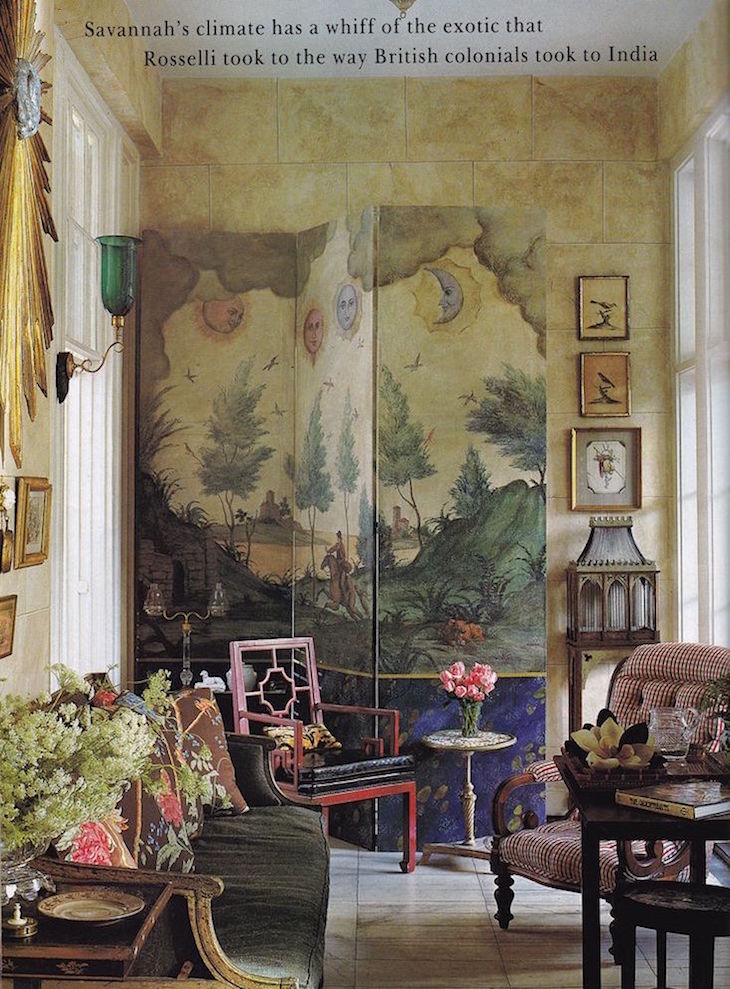
Here’s an exquisite example in this very old article about Furlow Gatewood and John.
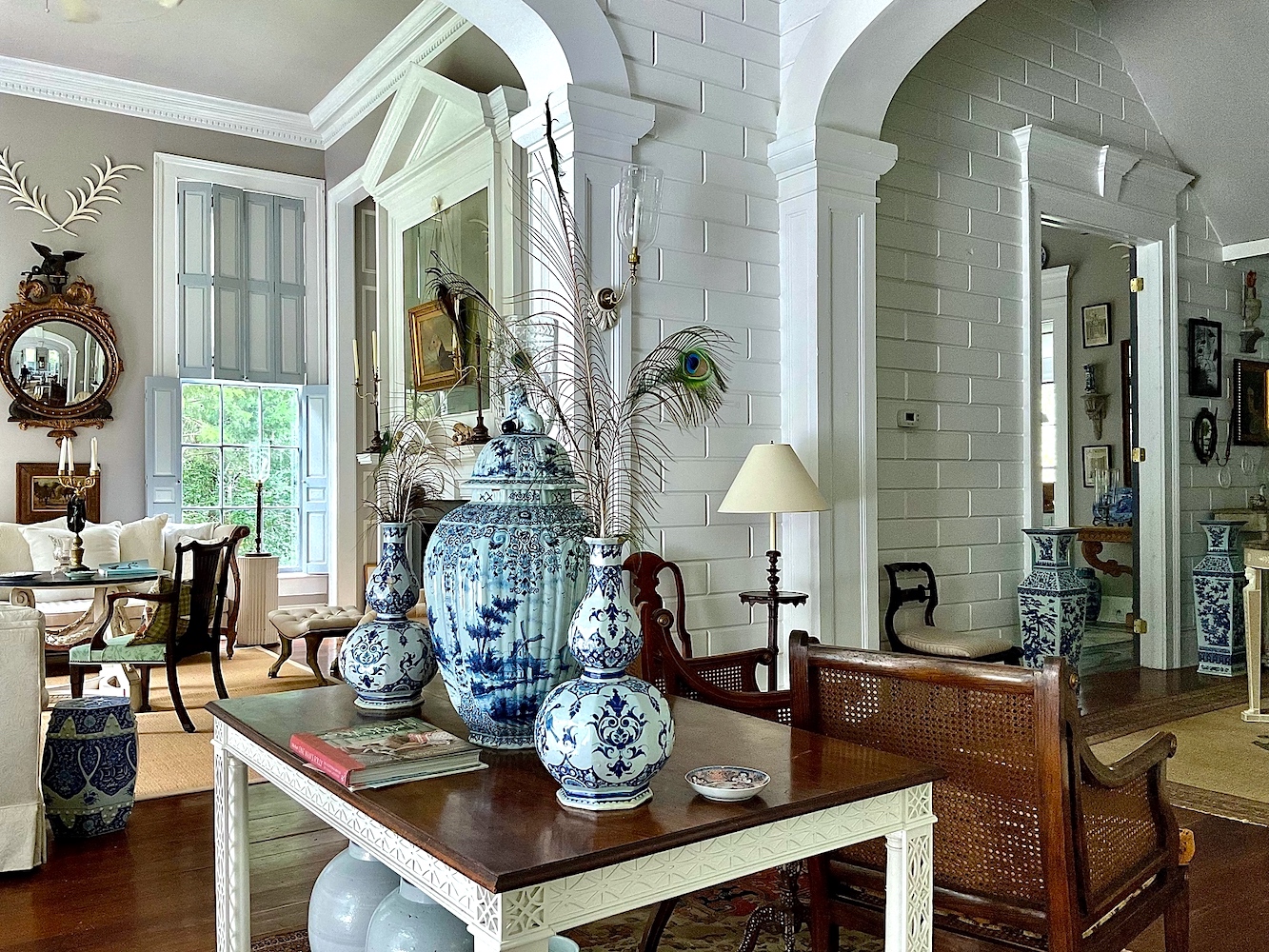
Furlow Gatewood had several of them in his homes.
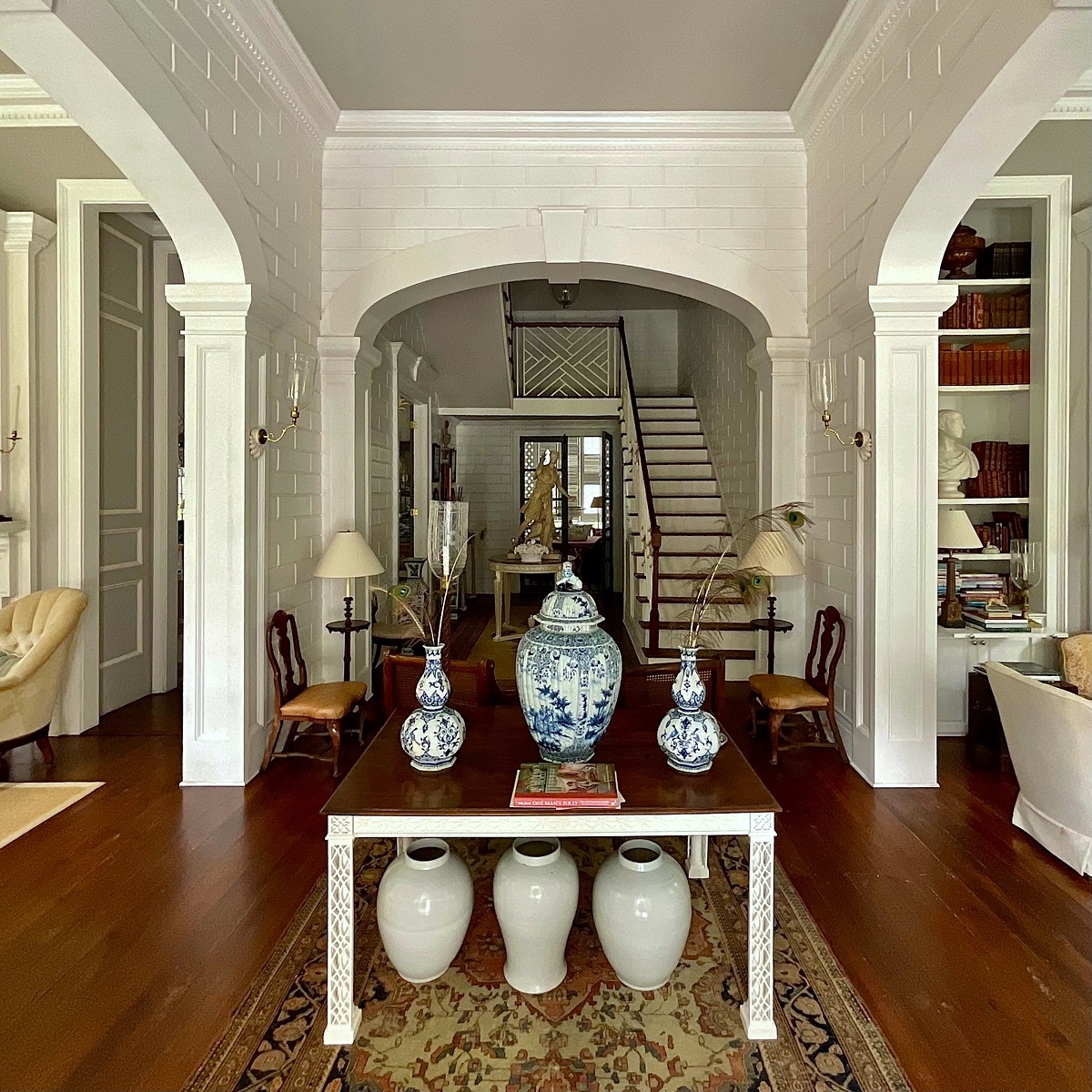
There were four in the entry of Cuthbert House.
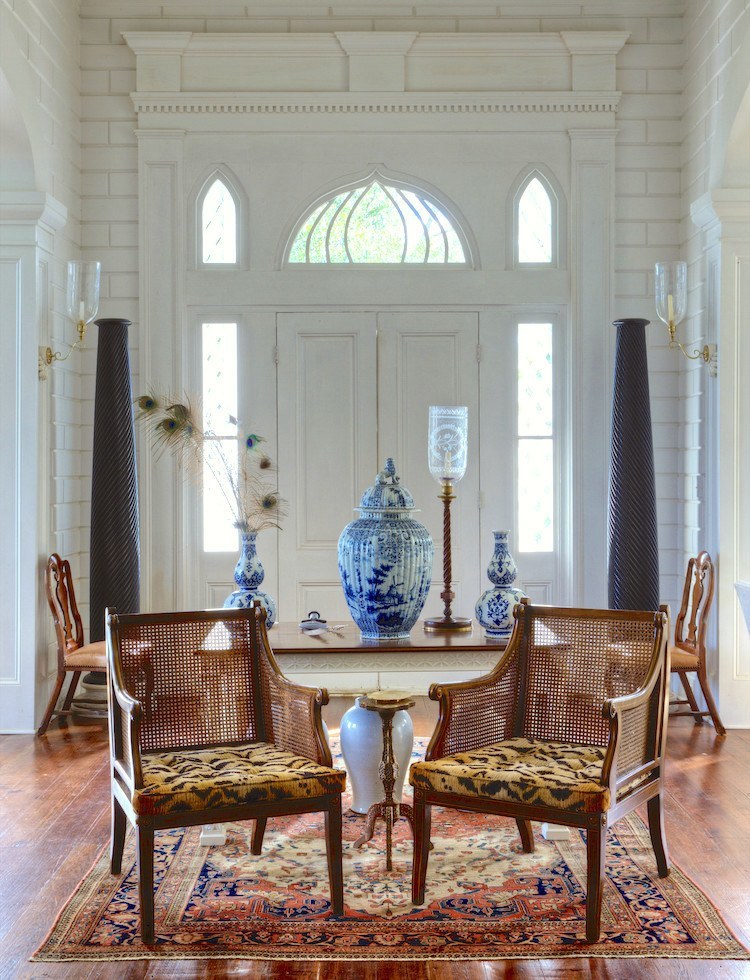
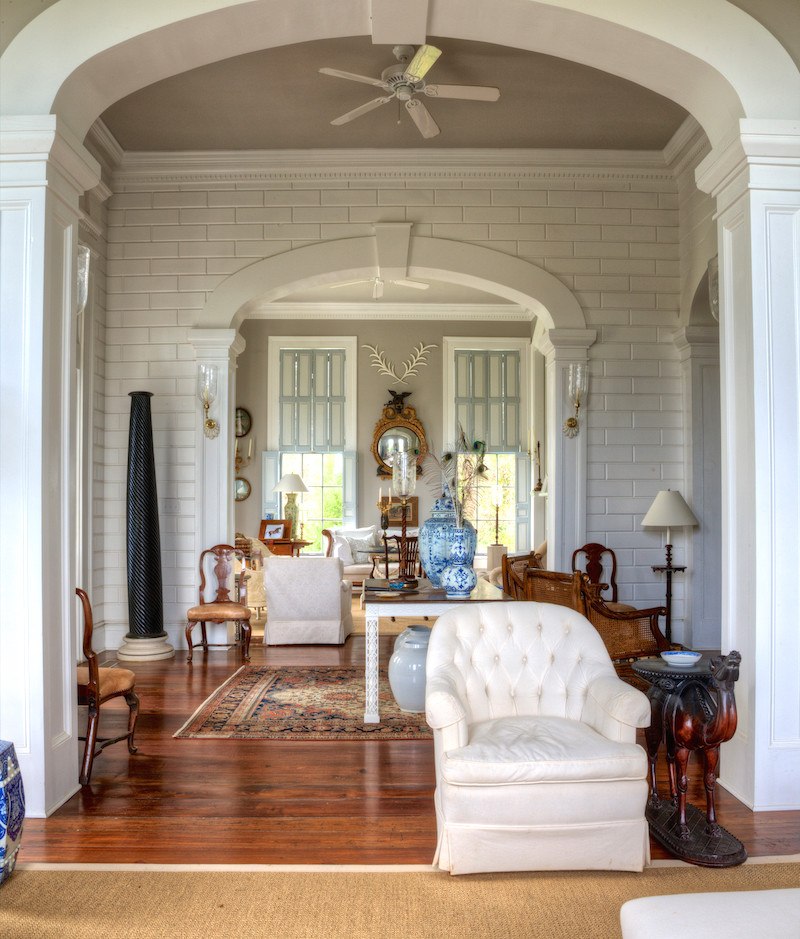
All Furlow Gatewood images are by Rod Collins.
So, please stay tuned. I’ve been scouring the internet and came up with something interesting I’d like to share.
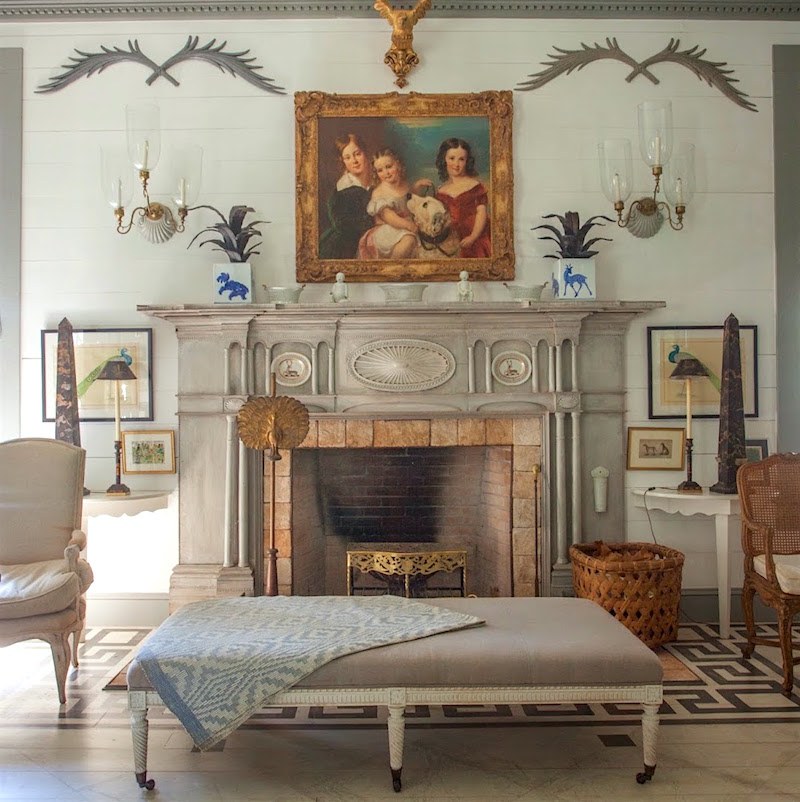
Above, from Furlow Gatewood’s Peacock House, a triple anglo-indian sconce! Remember when we examined Furlow’s palm fronds? I recall he had them made in India. Hmmmm… maybe he had the sconces made, too.
Anyway, I don’t want to give too much away. I’ll report my findings Monday evening.
xo,

PS: Please check out the newly updated HOT SALES –
And, also the

***Ground Zero for the Nordstrom Anniversary Sale. (There, you will find widgets for home furnishings, women’s clothing and beauty products hand-picked by Melissa T and me.) It’s still early access through the 16th. But, on Monday, everyone can shop. So, this is a great time to create your wish list. Popular items do sell out quickly.
Are you planning on doing some shopping on Amazon sometime soon?
All you need to do is click this link and forget about it if you’re not ready to shop now.
I will earn a small commission at no extra expense for any orders you make within 24 hours of that click. Your purchases help keep me afloat and help me purchase those 26 light fixtures. lol
Related Posts
 Happy 10-Year Blogiversary-Ten Years of Laurel Home!
Happy 10-Year Blogiversary-Ten Years of Laurel Home! Are Green and White Rooms Trendy or Passé?
Are Green and White Rooms Trendy or Passé? 21 Gorgeous Recliner Chairs & 100s More to Avoid!
21 Gorgeous Recliner Chairs & 100s More to Avoid! The 21 Funniest Laurel Home Blog Posts
The 21 Funniest Laurel Home Blog Posts New Traditional Decorating – Little Known Ideas You’ll Love
New Traditional Decorating – Little Known Ideas You’ll Love A Secret Decorating Trick Designers Won’t Tell You
A Secret Decorating Trick Designers Won’t Tell You The Truth About Flush Mount Ceiling Lights & 24 Under $200!
The Truth About Flush Mount Ceiling Lights & 24 Under $200!








